Search Results
103 records found
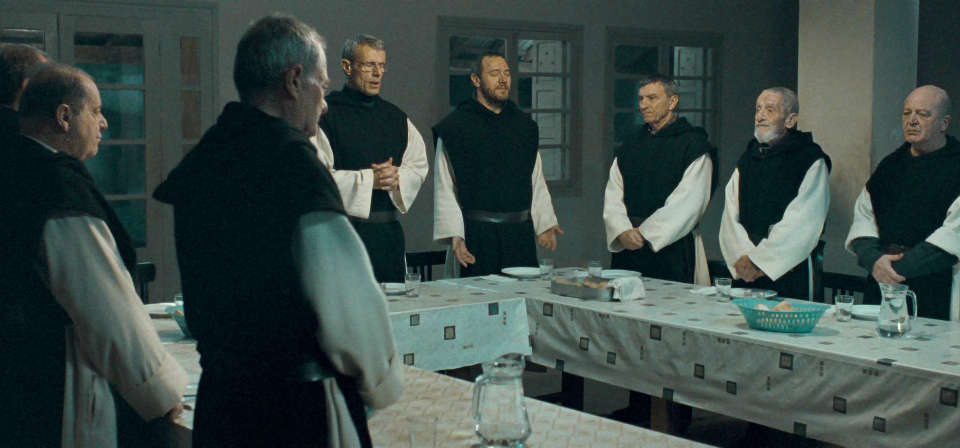
How Catholic is Of Gods and Men?
Has any dramatic feature film ever more powerfully communicated the beauty and attractiveness of lived Christian faith, and of the Christian faith itself, than Xavier Beauvois’s Of Gods and Men?
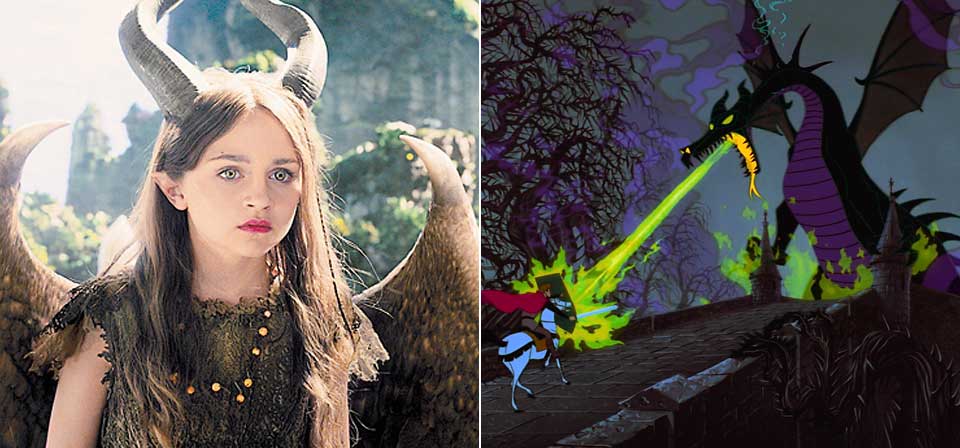
How Disney’s Maleficent subverts the Christian symbolism of Sleeping Beauty
Give me princesses like Leia from Star Wars, Merida from Brave or Tiana from The Princess and the Frog any day. But there’s a difference between creative revisionism and simple inversion.
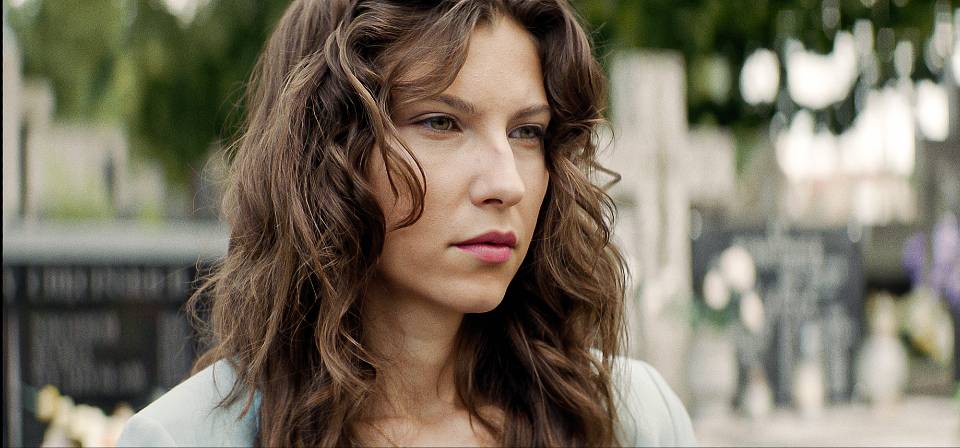
How do you make a documentary about purgatory? Not like this.
That our hatred should burden souls in the process of purification makes sense, but that our grief should burden them seems baffling and cruel — and it’s not a passing idea tossed off in one line.

How I Believe in Roger Ebert
Just over a month before his death on Easter Thursday, Roger Ebert wrote a blog post titled “How I Am a Roman Catholic” — a follow-up of sorts to a 2009 post called “How I Believe in God.”
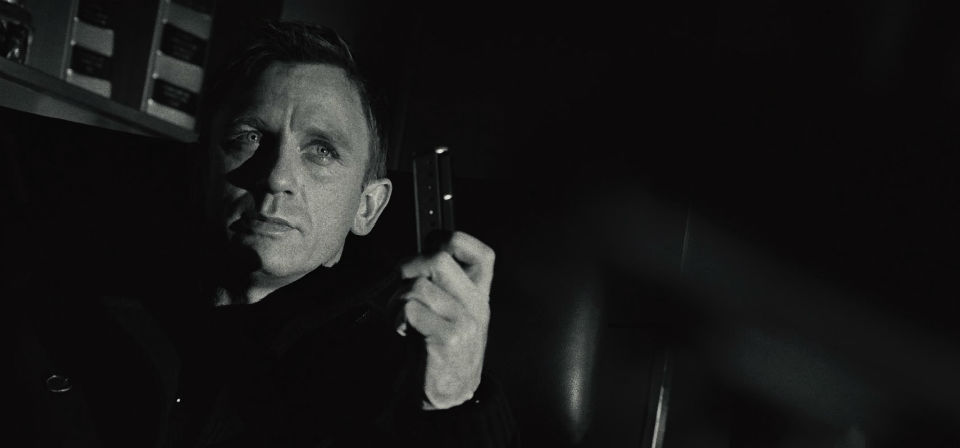
How James Bond lost his soul: Casino Royale
Casino is more than a reboot: It’s also a kind of origin story, based on the first Ian Fleming novel. As such, it’s the story of how James Bond lost his soul, or whatever was left of it, at the very moment when he dared to hope for redemption.
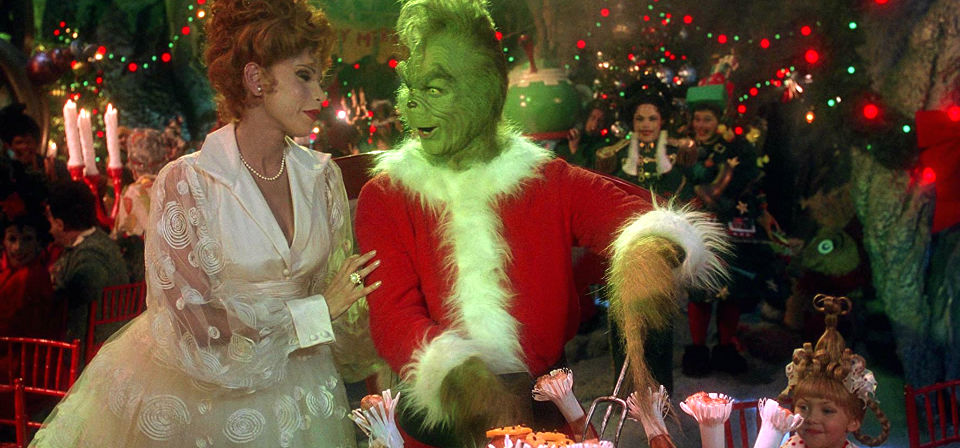
How the Grinch Stole Christmas (2000)
By the time that you read this short essay of ours / The Grinch will have made ten squintillion more dollars! / The people have spoken! The Grinch is a hit! / So who cares if some critic writes critical crit?
How to Eat Fried Worms (2006)
Thomas Rockwell’s beloved novella How to Eat Fried Worms is a cheerfully disgusting tale of boyhood bravado and rivalry among friends that winds up going too far. The new film version, by writer-director Bob Dolman (The Banger Sisters), transmogrifies this minor classic into an unpleasant endurance test about coping with bullying by humiliating and degrading yourself before the bullies can do it for you, with a trite, tacked-on message of solidarity that’s about as realistic as a package of Gummi Worms.
How To Lose a Guy In 10 Days (2003)
Now, the top of the Empire State Building is a lofty destination, an end in itself. By contrast, a bridge is only for going from one place and another. Like all of New York’s major river crossings, the Manhattan Bridge is undeniably a marvel of modern engineering; but for romance and evocative appeal, the Empire State Building surely has the edge by a considerable margin.
How to Train Your Dragon (2010)
“Vikings versus dragons” is definitely one of the cooler premises for a computer-animated tale to come along in a while. Differentiate the dragons into half a dozen distinct species, each with unique traits, from the roly-poly Gronkle to the two-headed Hideous Zippleback and the stealthy, jet-black Night Fury, and it’s even cooler — especially if the dragons are ordinary beasties rather than anthropomorphized talking monsters.
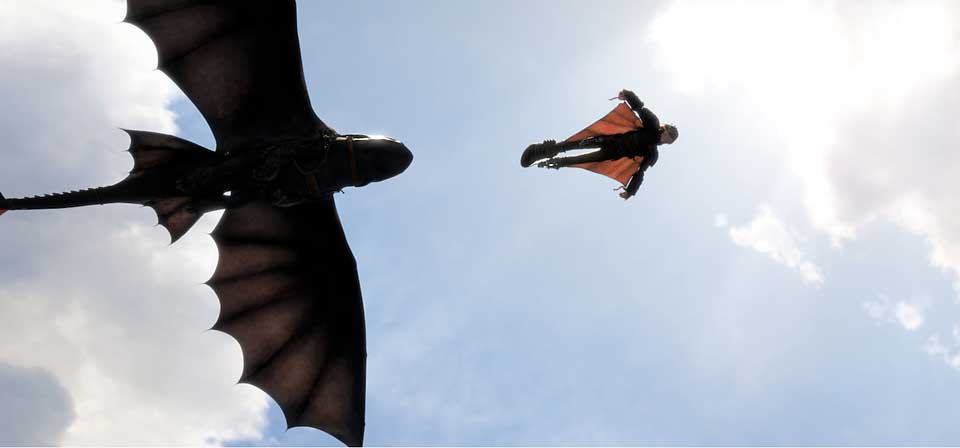
How to Train Your Dragon 2 (2014)
The first film related how Hiccup changed his village’s way of life forever, winning the love of the girl of his dreams, the approval of his authoritarian father and the respect of everyone in town — not to mention the loyalty of his magnificent new draconian friend, Toothless. Where do you go from there?
How to Train Your Dragon Picks Up Altitude
I’m not a big box-office watcher, but I pay enough attention to be frustrated by audiences rewarding films that I think are undeserving and ignoring films that I think merit attention. Not always, of course. It’s gratifying to watch movies like Green Zone and The Wolfman flop. But then along come films like Alice in Wonderland and Clash of the Titans, both of which critics generally saw in a dim light, and audiences flock enthusiastically to them.

How to Train Your Dragon: The Hidden World (2019)
The two sequels greatly expand the world and the mythology of the original Dragon. Yet our hero’s personal self-development was pretty much complete at the start of Dragon 2.
Hugo [video]
Here’s my 30-second take on Martin Scorsese’s Hugo.
Hulk (2003)
Not the best or most exciting of comic-book movies to date, but the most thoughtful and arguably one of the most interesting, Ang Lee’s Hulk offers a new look at Marvel Comics’s green-skinned Jekyll-and-Hyde pulp anti-hero through the director’s poetic, psychologically attuned sensibilities.

Human Flow (2017)
If the global refugee crisis seems like too immense a problem to wrap one’s head around, Ai isn’t interested in narrowing his focus. Going for scope over depth, Human Flow isn’t a definitive study of the problem, but it offers an incomparable starting point for further discussions.
The Hundred-Foot Journey [video] (2014)
While I didn’t care for this movie as much as I hoped I would, I will say I went right from the theater to an Indian restaurant, where I got something I enjoyed more.
The Hunger Games (2012)
Suzanne Collins says she got the idea for The Hunger Games while sleepily flicking channels between some reality-show game and footage of the invasion of Iraq until the images began to blur in her mind. What’s bracing about Gary Ross’ film of the first book in Collins’ wildly popular young-adult trilogy is that the topicality of the story’s origins still comes across. When was the last Hollywood science-fiction action blockbuster that felt like actual ideas about the world we live in were at stake?
The Hunger Games [video]
The Hunger Games in 60 seconds: my “Reel Faith” review.
The Hunger Games: Catching Fire [video]
I appreciated the first Hunger Games movie, but wasn’t eager to watch it again at the time. The sequel has me wanting to watch the first film again — in a good way.

The Hunger Games: Mockingjay – Part 1 (2014)
Propaganda and symbolism have always been a crucial weapon in the arsenal of any campaign, but their value increases exponentially in the information age. This isn’t a particularly radical idea, although this may be the first time it’s trickled down into a blockbuster franchise. Can you imagine Luke Skywalker making subversive videos calling out Darth Vader and coining popular slogans about fighting the Empire?
Recent
- Benoit Blanc goes to church: Mysteries and faith in Wake Up Dead Man
- Are there too many Jesus movies?
- Antidote to the digital revolution: Carlo Acutis: Roadmap to Reality
- “Not I, But God”: Interview with Carlo Acutis: Roadmap to Reality director Tim Moriarty
- Gunn’s Superman is silly and sincere, and that’s good. It could be smarter.
Home Video
Copyright © 2000– Steven D. Greydanus. All rights reserved.